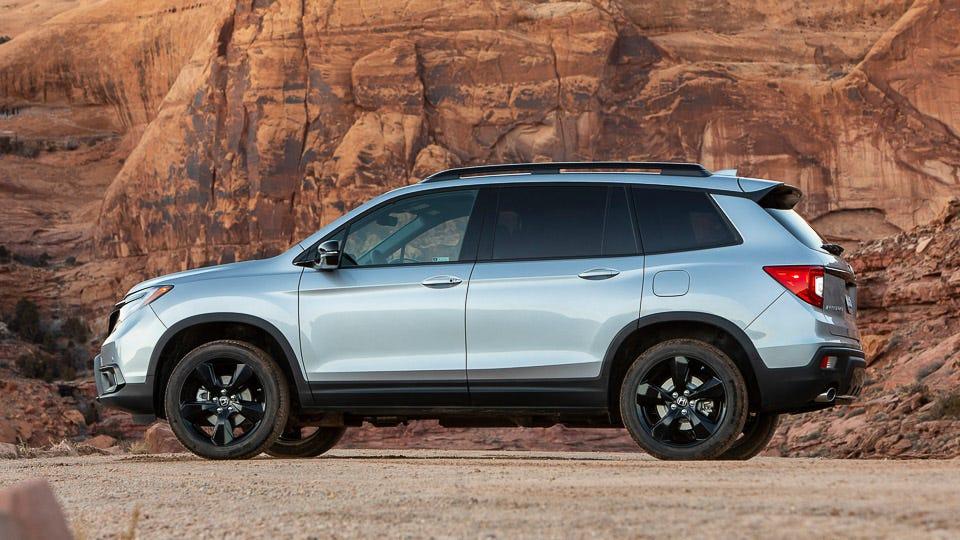Which is Better in Snow, AWD or 4WD?
By Sebastian Orellana
Updated Feb 18, 2024

When deciding between All-Wheel Drive (AWD) and Four-Wheel Drive (4WD) in snow, it is essential to consider the advantages and disadvantages of each system. AWD and 4WD each offer their benefits, depending on the driver’s needs. Therefore, it is essential to understand the differences between AWD and 4WD to make an informed decision.
Table of Contents
READ: How Much Horsepower Does A 454 Engine Have?
Section 1: Advantages and Disadvantages of AWD

All-Wheel Drive (AWD) systems have become increasingly popular in recent years, particularly in winter. The main advantage of AWD is the improved traction and handling on slick surfaces, such as snow and ice. This is due to the system’s ability to distribute power evenly to all four wheels, providing increased grip and control. Another advantage of AWD is that it is generally more fuel efficient than 4WD systems, as it only engages the four-wheel-drive system when needed.
On the other hand, there are some drawbacks to AWD. The main disadvantage is that the system is only as effective as the tires, meaning that if the tires are not adequate for the conditions, the AWD system will not compensate for them. Additionally, AWD systems are typically more expensive than their 4WD counterparts.
Section 2: Advantages and Disadvantages of 4WD

Four-Wheel Drive (4WD) systems are designed to provide additional traction and control on off-road terrains, such as snow and mud. The main advantage of 4WD is that it is better suited for off-road conditions than AWD, as it provides increased traction on steep slopes or slippery surfaces. Additionally, 4WD systems are generally less expensive than AWD systems.
However, there are some drawbacks to 4WD. The main disadvantage is that the system is not as fuel efficient as AWD, as the system is constantly engaged. Additionally, 4WD methods are not as well-suited for on-road conditions, as they can cause the vehicle to become unstable in certain situations.
Section 3: Cost Considerations
When considering the cost of AWD and 4WD, it is essential to consider the cost of the system itself and the cost of the necessary tires and maintenance. Generally, AWD systems are more expensive than 4WD systems due to the increased complexity of the system. Additionally, AWD systems require more expensive tires than 4WD systems, as the tires must be able to handle the increased power.
In terms of maintenance, AWD and 4WD systems require regular maintenance to ensure the system is working correctly. Generally, 4WD systems require less maintenance than AWD systems, as the approach is more straightforward and requires fewer parts.
Section 4: Performance Considerations

When considering performance, it is essential to consider the driving you will be doing. AWD is generally the better option for on-road driving, providing better traction and handling on slick surfaces. AWD is generally more fuel efficient than 4WD, as the system is only engaged when necessary.
4WD is generally the better option for off-road driving, providing increased traction and stability on steep slopes and slippery surfaces. However, it is essential to note that 4WD systems are not as fuel efficient as AWD systems, as the system is constantly engaged.
Section 5: Safety Considerations
When considering safety, it is essential to consider the driving you will be doing. AWD is generally safer for on-road driving, providing better traction and handling on slick surfaces. Additionally, AWD systems are designed to be more responsive and predictable than 4WD systems, making them safer in on-road conditions.
4WD is generally safer for off-road driving, providing increased traction and stability on steep slopes and slippery surfaces. Additionally, 4WD systems are designed to be more stable and reliable than AWD systems, making them safer in off-road conditions.
READ: How Much Does it Cost to Install Airbags?
Section 6: Environmental Considerations

When considering the environmental impact of AWD and 4WD systems, it is essential to consider the emissions of the system itself, as well as the emissions of the necessary tires and maintenance. Generally, AWD systems are more fuel efficient than 4WD systems, producing fewer emissions. Additionally, AWD systems require less maintenance than 4WD systems, producing fewer emissions from care.
In terms of tires, both AWD and 4WD systems require tires designed for the vehicle's specific conditions. While both systems require tires designed for the needs, AWD systems typically require more expensive tires than 4WD systems, as the tires must be able to handle the increased power.
READ: How Much HP Can A 5.3 LS Make?
Section 7: Conclusion
When deciding between AWD and 4WD in snow, it is essential to consider the advantages and disadvantages of each system. AWD systems are generally better suited for on-road conditions, providing better traction and handling on slick surfaces. Additionally, AWD systems are generally more fuel efficient than 4WD systems. On the other hand, 4WD systems are generally better suited for off-road conditions, as they provide increased traction and stability on steep slopes and slippery surfaces.
In terms of cost, both AWD and 4WD systems require tires and maintenance, and AWD systems are generally more expensive than 4WD systems. Ultimately, the decision between AWD and 4WD in snow depends on the driver’s needs and the driving they will be doing.
